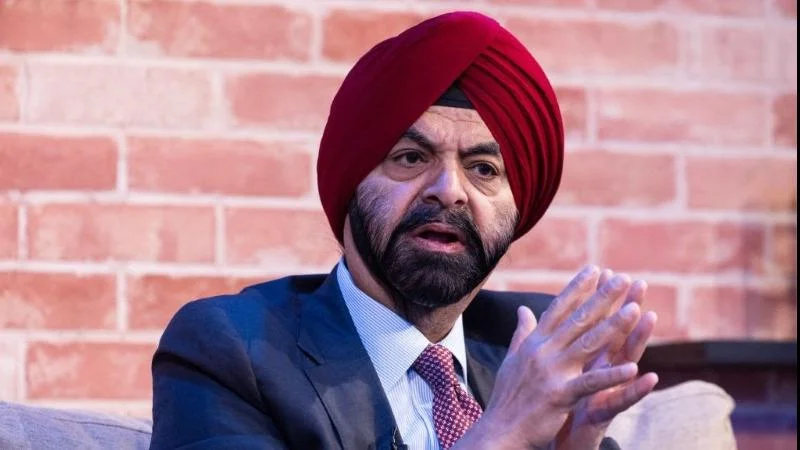Strategic reforms aimed at enhancing investments in connectivity and human capital, promoting smarter regulations, and mobilizing private investments could significantly boost job creation in the Philippines. According to a report released by the World Bank titled "Running Uphill: Growth, Jobs, and the Quest for Productivity," these changes could help transform the Philippines into a middle-class society by 2040.
The report highlights the urgency of creating more and better-paying jobs as the country faces global uncertainties, rapidly evolving technologies like artificial intelligence, and recurrent climate shocks. Zafer Mustafaoğlu, World Bank Division Director for the Philippines, Malaysia, and Brunei stated, “Employment is not merely an economic indicator; it’s a cornerstone of social stability and individual dignity."
To achieve its goal of becoming a middle-class society, the Philippines needs sustained annual growth between 6–10 percent over decades. The implementation of recommendations from this report could potentially raise annual GDP growth to 6.8 percent and create over 5.1 million additional jobs by 2040.
In recent years, the Philippines has seen robust economic growth with record-low unemployment rates and doubled GDP. Improved labor outcomes have been supported by higher public investment in connectivity infrastructure and reforms that increased private investment.
Gonzalo Varela, World Bank Lead Economist noted that while investment-led growth has been inclusive in the past, further reforms are needed to unlock productivity and connect to global markets. However, challenges such as regional disparities remain. Limited competition in key sectors constrains top-tier firms' growth and job creation while complex permitting processes hinder past reform efforts.
Jaime Frias, Senior Economist emphasized technology adoption among firms as crucial for productivity and quality job creation: “Technology adoption is no longer optional.” Public policy should focus on adequate investment in physical and digital infrastructure alongside human capital development.
The report suggests reducing barriers to entry through business-enabling policies that promote competition along with targeted interventions mobilizing private capital particularly in tradeable sectors like agriculture or manufacturing.

